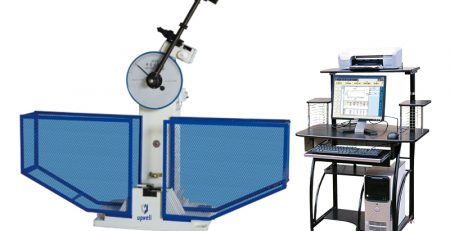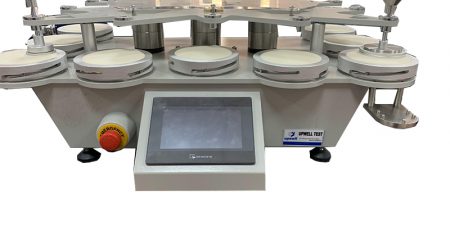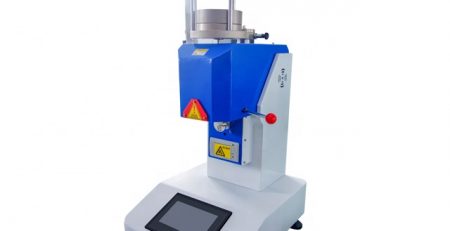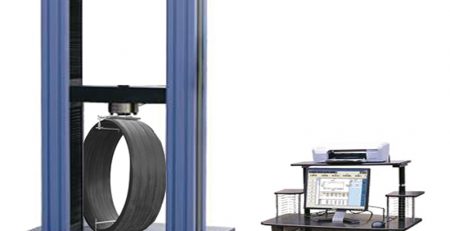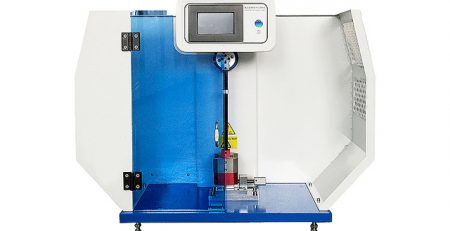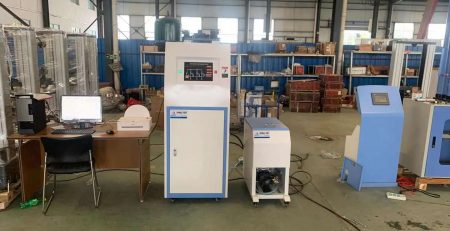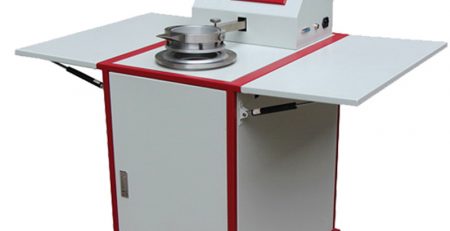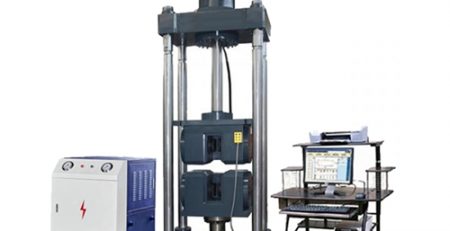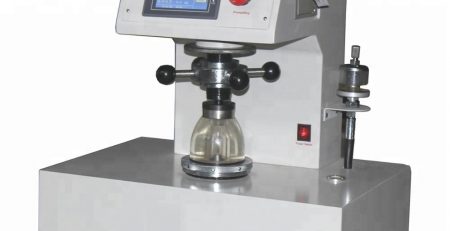The Surge Simulator is an advanced high voltage source and measurement unit consisting of programmable pulse trains and advanced pattern analysis software. The instrument takes normal 115 or 220V AC power and converts it to the higher voltage required for surge testing. The higher voltage is rectified to a DC voltage, which charges the large discharge capacitor.
The order of the surge tester tests is important, after the resistor is heated, the resistance will decrease. After the resistance is reduced, the energy delivered is important. Because when the instrument being measured is connected to a defibrillation surge tester, the change in resistance caused by an increase in temperature affects the allowable 10% change in energy. So make sure both tests are done with the same resistance value. Although the resistance has changed in the recommended work, it is still recommended to make the recommended resistance measurement between the two. The time required for the resistor to return to test may exceed the cycle time published by the manufacturer. Let’s take a look at the steps of the resistance measurement test method of the surge tester in detail.
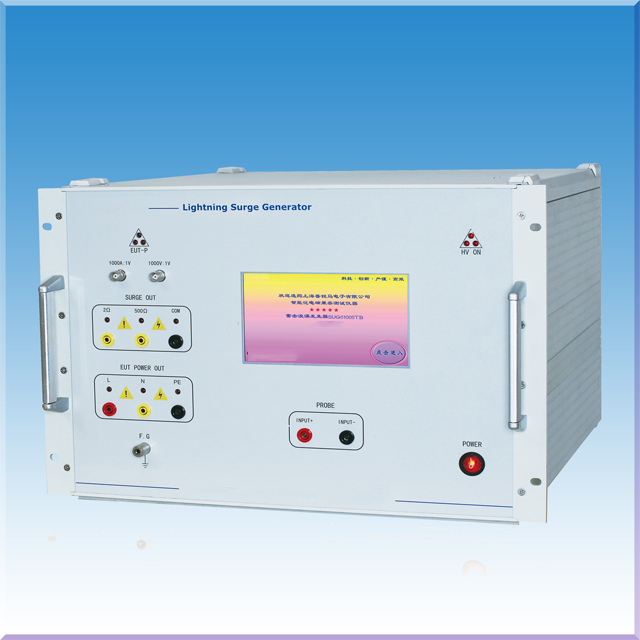
EMC Test,Surge Simulator For Surge Immunity Test
1. Before the energy measurement test, put the resistance with a cold resistance value of 100ω into the anti-flutter surge testing machine.
2. Ensure that the anti-defibrillation surge tester is not charged, and operating according to the manufacturer’s specified procedures can ensure that this requirement is met. The instrument should generally be turned on and the front panel voltmeter should read close to 0 volts.
3. Turn off the anti-defibrillation surge protection tester.
4. Place the ohmmeter between the energy measurement port and the ground wire of the anti-defibrillator surge tester, and the measured value should be within 5% of 100Ω.
5. Carry out the energy measurement reference test, that is, according to the standard, the output end of the anti-defibrillation surge tester is not connected to any instrument. Verify output energy and record results.
6. Repeat steps 2 and 3 above.
7. Place an ohmmeter between the energy measurement port, the anti-defibrillation surge tester, and the ground wire. If the value is slightly lower than the measurement in step 4, wait for the resistor bank to cool down so that the value is close to the measurement in step 4.
8. Connect the instrument under test to the anti-defibrillation surge tester, and conduct the analysis energy through the measurement technology test. A difference of less than 10% between the above two results is considered qualified.
Any more detail please contact us freely www.upwelltest.com or Email :info@upwelltest.com

